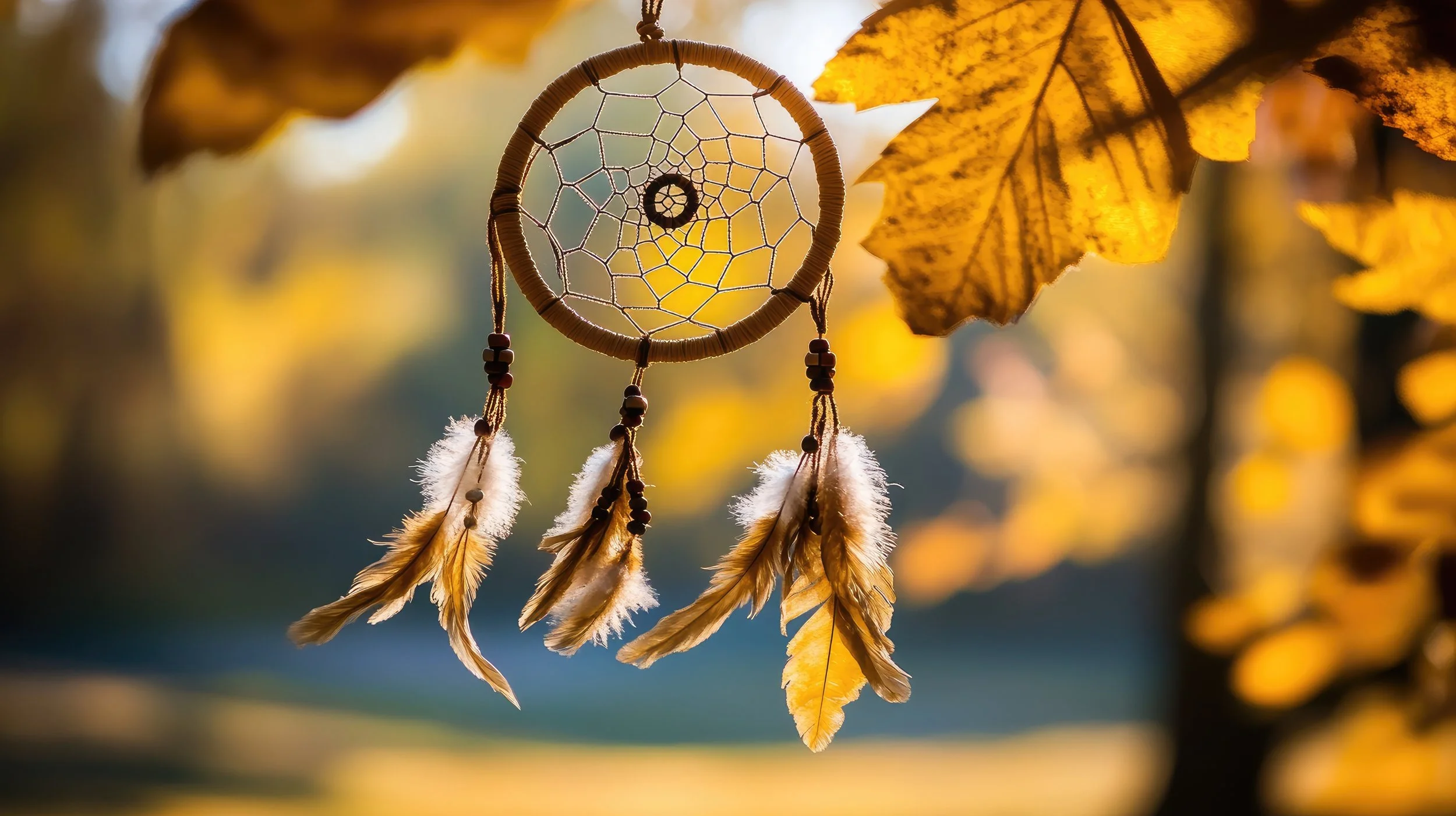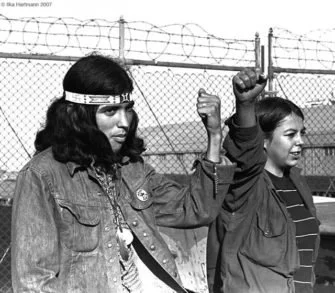Honoring Indigenous Peoples’ Day: recognizing history, activism, and the path forward
Adobe Stock Photo, Pritcha.RT, FIle #1033120512.
(6-8 minutes)
Each year, more cities and states are shifting away from celebrating Columbus Day and instead recognizing Indigenous Peoples’ Day - a change that acknowledges the harm caused by colonialization and celebrates the resilience, culture, and contributions of Native peoples. Rather than honor a figure with a divisive legacy, this day centers the voices and histories of those who have long shaped, and continue to shape, the land we share.
Native American activism since the 1960s
Indian occupiers moments after their removal from Alcatraz Island on June 11, 1971. Left: Oohsis, Cree from Canada. Right: Peggy Lee Ellenwood, Sioux from Wolf Point, Montana. Source: Ilka Hartmann.
While Indigenous resistance has existed for centuries, the modern era of Native American activism gained visibility in the 1960s and 1970s. The following key moments mark milestones in the ongoing struggle for justice, sovereignty, and recognition:
1969 - The Occupation of Alcatraz
Ninety Native Americans reclaimed Alcatraz Island for 19 months, demanding its return and the creation of an Indian cultural center and university. Though federal marshals removed the occupiers, the protest is widely regarded as the catalyst for modern Native activism. Read more.
1970 - Mount Rushmore Occupation
Members of the United Native Americans and the American Indian Movement (AIM) occupied Mount Rushmore to reclaim land promised to the Oceti Sakowin (Great Sioux Nation) in the 1868 Treaty of Fort Laramie. Learn more.
1973 - Wounded Knee Occupation
About 250 Sioux activists led by AIM staged a 71-day protest at Wounded Knee, South Dakota - site of the 1890 massacre - to demand attention to unsafe living conditions and federal mistreatment of the tribes. More here.
2004 - Save the Peaks Coalition
Formed to protect the sacred San Francisco Peaks in Arizona, this group opposed large-scale ski resort area expansion and environmental degradation. The effort continues to spotlight Indigenous environmental and spiritual rights. Explore.
2018 - Land returned to the Ponca Tribe
In Neligh, Nebraska, a farmer deeded ancestral land back to the Ponca Tribe - home to the gravesite of White Buffalo Girl, who died during the forced Ponca removal known as the Ponca Trail of Tears. Read the story.
Occupiers on top of Mt. Rushmore. Images: Reclaiming Our Sacred Sites Flickr page.
Acknowledging Indigenous history locally
There are many ways to honor Indigenous Peoples’ Day and continue learning throughout the year:
Land acknowledgements
A land acknowledgement is a formal statement recognizing the enduring relationship between Indigenous peoples and their traditional territories. It reminds us that every town and city in the U.S. benefits from the dispossession of Native lands. While symbolic, these statements help raise awareness and promote reconciliation and equity.
Reading Public Library’s land acknowledgement from October 12, 2021, can be found here.
Education
Commit to learning the parts of U.S. history that are often left untold.
Visit the Zinn Education Project for teaching resources and historical context
Explore Indigenous-led educational platforms like IllumiNative
Read books such as An Indigenous Peoples’ History of the United States by Roxanne Dunbar-Ortiz and Rethinking Columbus: The Next 500 Years by Bill Bigelow and Bob Peterson
Watch films and listen to podcasts, including Columbus in America and This Land
Support and advocacy
Advocate for legislation to remove Native mascots from public schools and ensure Indigenous curricula are taught
Support Indigenous artists, educators, and cultural centers through donations and amplifying their work. Follow and share Indigenous voices on social media to help elevate representation and awareness
Honoring Italian heritage through justice and solidarity
Portrait of American civil rights activist Viola Luizzo with her children. Getty Images. Bettmann.
Celebrating Indigenous Peoples’ Day doesn’t erase Italian American heritage - it invites reflection and solidarity through shared struggles for justice. Consider learning about:
Arturo M. Giovannitti - Italian poet and labor leader who helped lead the 1912 Lawrence “Bread and Roses” textile strike.
Viola Liuzzo - Civil rights activist murdered by the Ku Klux Klan in 1965 after the Selma march.
Vito Russo - Gay rights activist and film historian, co-founder of GLAAD, and author of The Celluloid Closet.
Vito Russo in a film still from “Vito”. Image from the Zinn Education Project.
Learn more
Take time to learn, reflect, and act
Honoring Indigenous communities means acknowledging their history, amplifying their voices, and committing to justice year-round.




